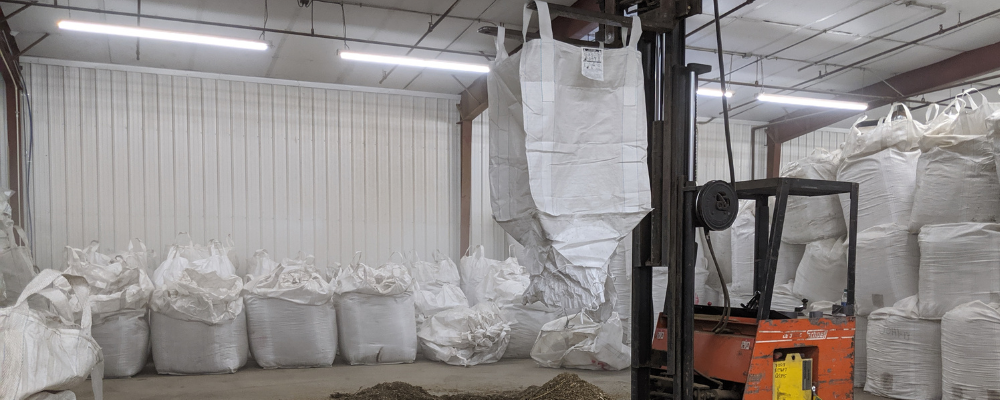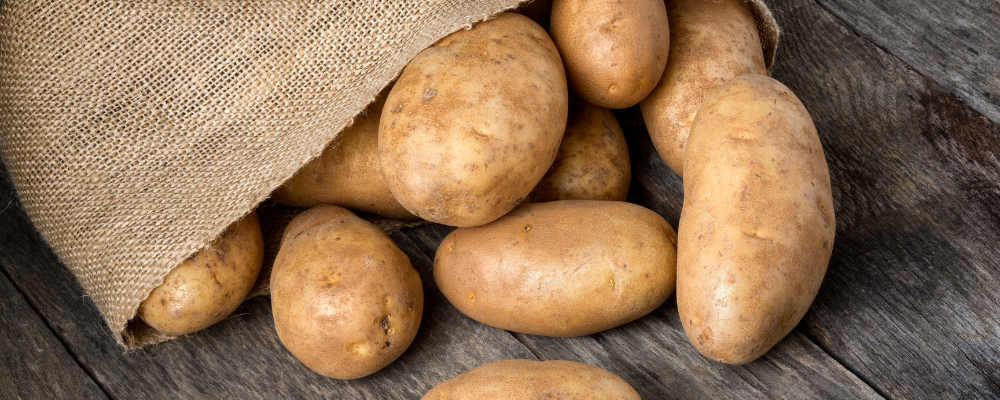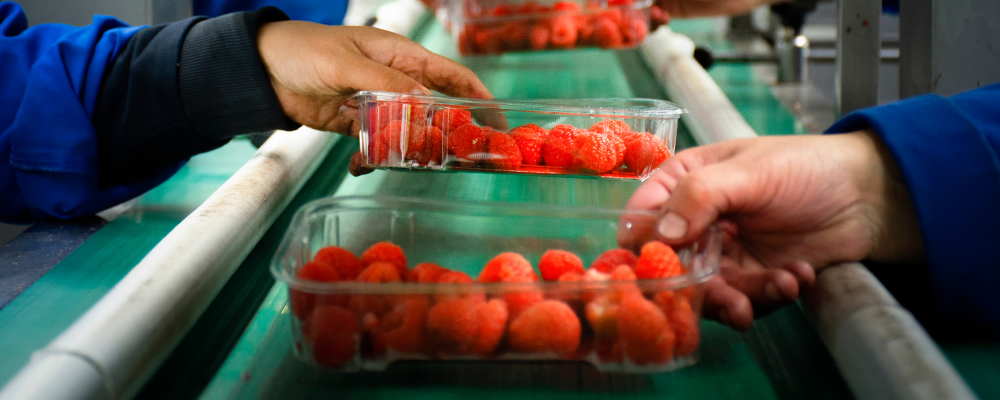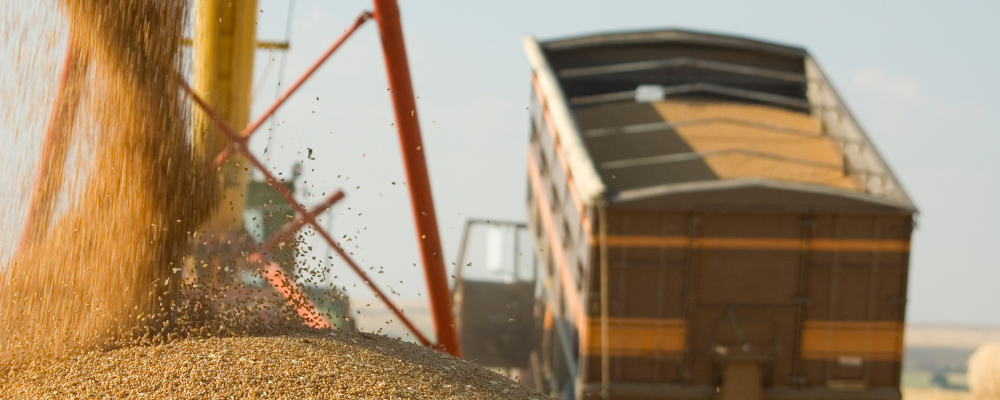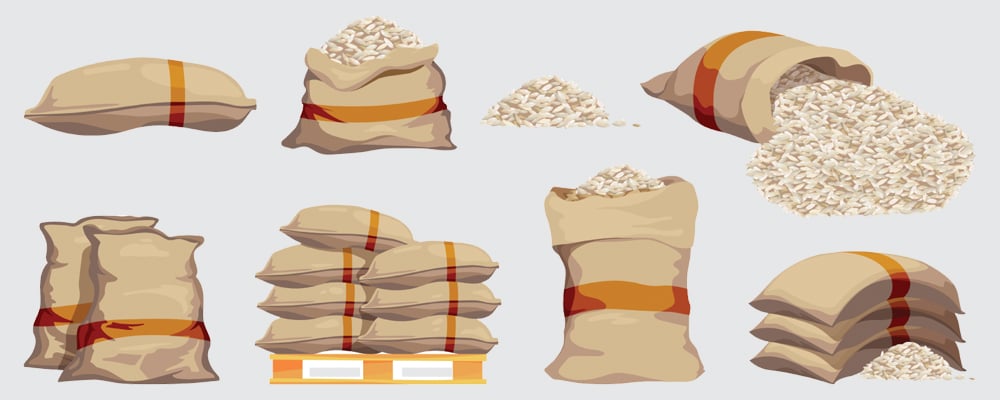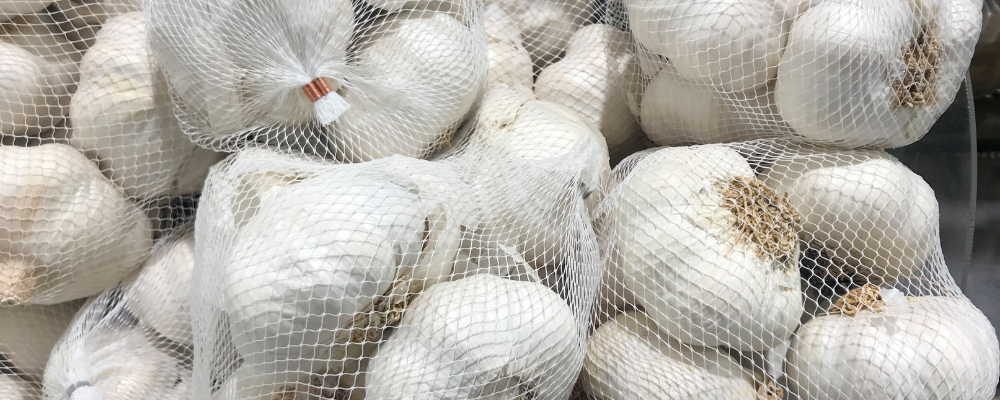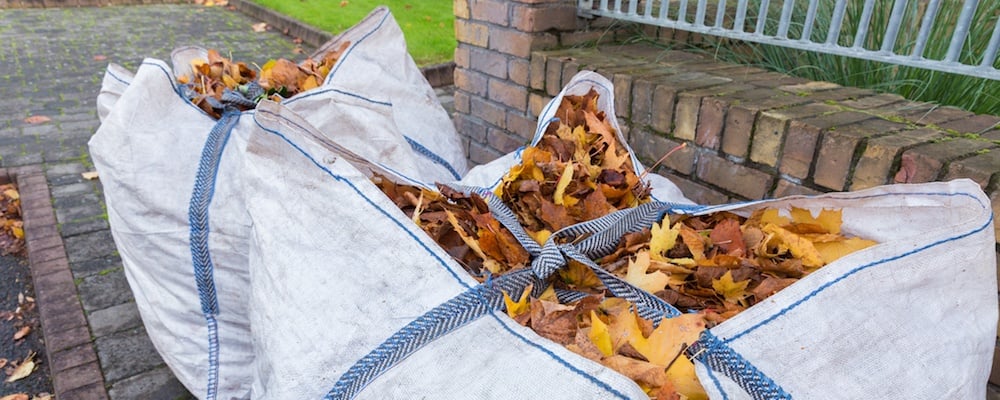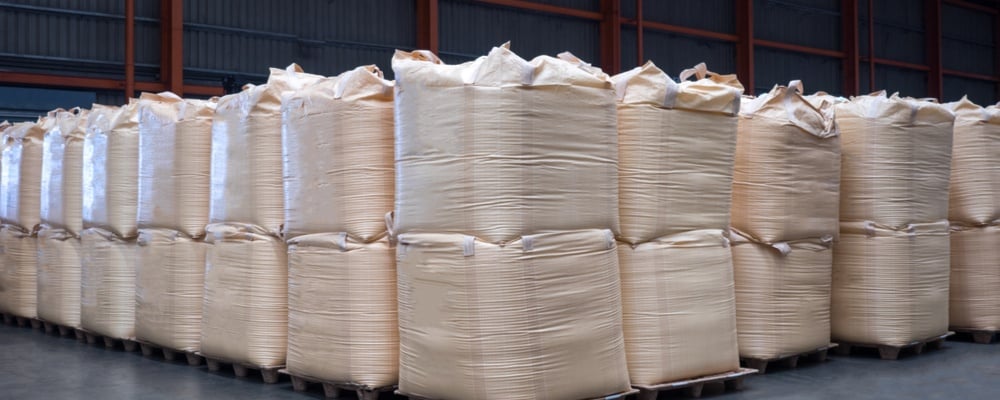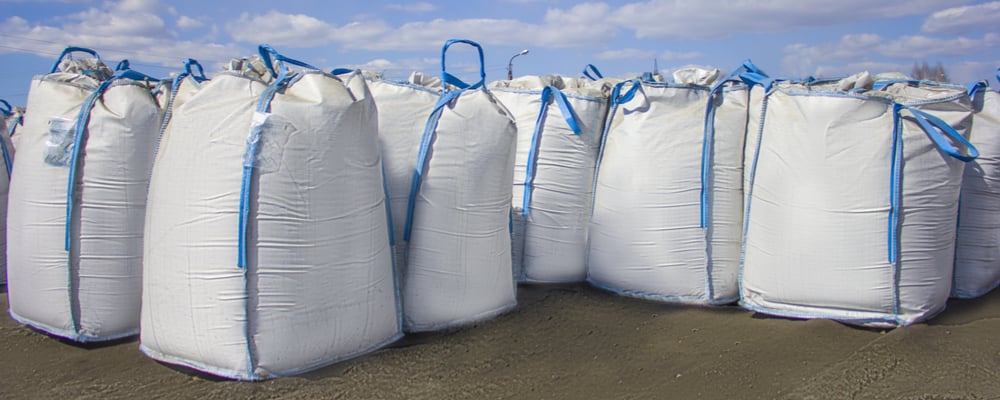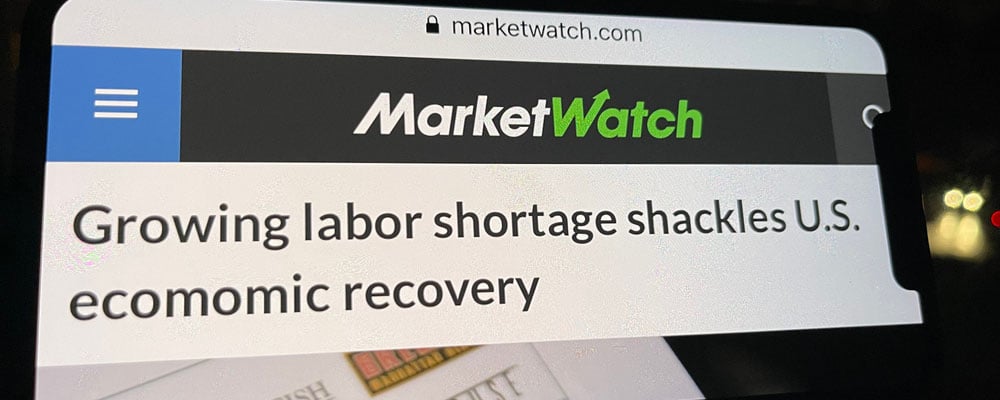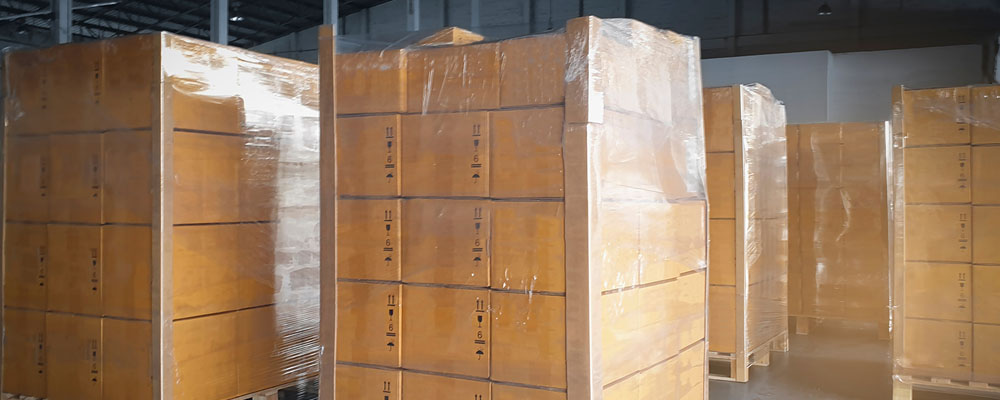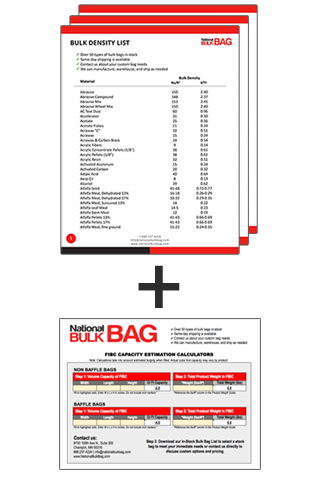When it comes to optimizing FIBC (Flexible Intermediate Bulk Containers) Bulk Bags, a few minor tweaks can result in substantial benefits. Whether you’re in logistics, agriculture, or industrial sectors, these seemingly small modifications can lead to remarkable improvements in efficiency, safety, and overall performance. Read on to discover how to make small changes for a big impact and why you should consider implementing these modifications in your operations.
In the competitive world of grinding media manufacturing, efficiency is a critical component for maintaining a leading edge. As the demand for high-quality grinding media, such as steel balls, continues to rise, the need for efficient, safe, and cost-effective material handling solutions becomes more apparent. One innovative solution that has proven invaluable is using Flexible Intermediate Bulk Containers (FIBC) bulk bags. This blog explores how FIBC bulk bags can enhance efficiency, safety, and reliability in grinding media operations.
In the world of operations and material handling, efficiency and safety are paramount. This is especially true when dealing with the transportation and discharge of bulk materials. Here, we explore an innovative solution that has significantly transformed the landscape of material handling: the bulk bag remote discharge spout. Specifically designed for Flexible Intermediate Bulk Containers (FIBCs), these remote discharge systems prioritize operator safety while ensuring a seamless and complete discharge of materials.
Welcome to the world of burlap bags - where practicality meets eco-friendliness, and style intertwines with sustainability. If you're seeking a versatile solution for your packaging needs, look no further. Burlap bags offer a timeless appeal and a range of functionalities that cater to various requirements. Let's delve deeper into the realm of burlap bags to uncover their charm and utility.
In the realm of agriculture, where the delicate balance between protecting valuable produce and presenting it attractively to consumers is paramount, the role of packaging cannot be overstated. Agriculture packaging companies play a pivotal role in ensuring that farm-fresh products reach their destination in optimal condition while also adhering to industry standards and environmental considerations.
If you’re in the business of storing and transporting materials, you know that finding the right solution can be challenging. FIBC bulk bags are becoming increasingly popular as a reliable and cost-effective option for many industries, including pharmaceuticals, food, agriculture, and construction. Let’s take a look at why FIBC bulk bags are an ideal choice for storing and transporting.
Updated: 7-5-2022
If you’ve recently been to the store to buy fresh produce, then you’ve probably encountered quite a bit of branded packaging. However, you also probably came across some generic packaging materials and didn’t even know it. Generic branding is flexible and allows use across many different farms and production facilities without the consumer knowing anything about it. It also has several other advantages over branded products. But what are some of those advantages? Let’s explore.
When it comes to packaging produce, there are many different types of packaging options to choose from. You need to find the right packaging that will protect your food products while also promoting your brand. In this blog post, we will discuss the different types of produce packaging and how to choose the right one for your business. We'll also provide some tips on how to create custom produce bags that will stand out from the competition!
Updated: 5-18-2022
When it comes to packaging and transporting a variety of goods, FIBC bulk bags are some of the most versatile options on the market. But what many people don't realize is that FIBC bulk bags with liners can also be extremely useful in a variety of situations. FIBC bulk bag liners are required for certain products and applications. Plastic liners can serve multiple purposes including, but not limited to:
FIBCs are commonly used throughout the agricultural industry for packaging, storing and transporting produce. While FIBCs are a great solution for these applications, there may be another option that many agriculture operations overlook – woven polypropylene, or WPP, bags.
What are WPP bags? Why should produce operations consider their use over FIBCs? Let’s explore.
The practice of “just-in-time” logistics has been around for well over 60 years. However, recent events, including the pandemic and severe weather across the globe, have led many supply chain leaders to reexamine their view on just-in-time practices. For many industries, including the plastics industry, just-in-time logistics are likely coming to an end.
Updated 4-19-2022
It is important to follow safe use guidelines when transporting and storing products with flexible intermediate bulk containers (FIBCs). These include guidelines from manufacturers, suppliers, and the Flexible Intermediate Bulk Container Association (FIBCA).
If you've been following the news recently, you may have heard that there is a corrugated shortage affecting gaylord containers. This has caused prices for corrugated to skyrocket, and many businesses are struggling to find a way to get their products shipped. One great alternative to corrugated is FIBC bulk bags. FIBCs are a great replacement for corrugated because they are durable, economical, and easy to use. In this blog post, we will discuss the corrugated shortage and how switching to FIBC bulk bags can help your business!
Updated 4-5-2022
When using woven polypropylene bulk bags, it is important to use them per the instructions provided by both your supplier and the manufacturer. It is also important that you do not fill bags over their safe working load and/or reuse bags that aren’t designed for more than one use/trip. Most bags are manufactured for a single use bag but some are specifically designed for multiple uses.
Updated: 3-22-2022
FIBC Bulk bags come in many sizes, shapes, and materials. There are a wide range of customizations to consider when choosing the right bulk bag. The type of closure used to seal the bag is an important features because it can affect the integrity of the bag. There are many different types of bottom closures that can be customized to fit your application.
Updated: 3-8-2022
Bulk Bags are one of the most versatile bulk containers on the market. For the most part, no matter what product you are storing and/or transporting, there is a bag that fits your unique application.
The pandemic’s impact on supply chain has been covered at great length – COVID-19 has significantly impacted the availability of goods and materials across the globe. Consumer goods aren’t the only thing in short supply, though; many employers are also struggling to find quality workers to fill critical roles. The agriculture industry is in the midst of an historic workforce shortage as laborers are difficult to come by, with many produce growers facing serious labor challenges come harvest season.
2020 was a historically poor year for the potato industry. Record low yields and reduced global production resulted in a significant decrease in the availability of potatoes – the global cold storage stock of potatoes fell from around 1.12 billion pounds to 1.06 pounds.
During the COVID-19 pandemic, lead times for many goods and raw materials have been significantly extended. Beginning in late 2020 and into early 2021, many manufacturers saw a huge spike in lead times due to skyrocketing demand following the initial lockdown periods across the globe. As the demand increased, supply struggled to keep pace, due often to understaffed manufacturing centers and increased delays in shipping and delivery of raw materials. No industry was immune, including the FIBC bulk bag industry as we covered in our recent post “How the Shipping Crunch Is Impacting FIBC Bulk Bag[...]
As we have expanded our product offering at National Bulk Bag into the agriculture industry, we’ve greatly expanded on the types of topics covered in this blog. A big part of that has been the packaging and/or storage materials that we carry. Almost all products that we sell at NBB are used in bulk transportation and/or storage – that’s simply a fact.

.png)

